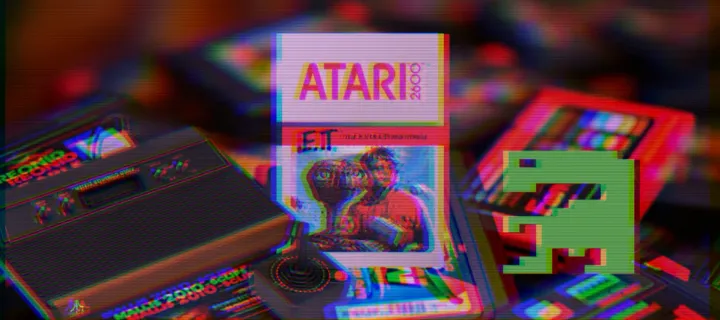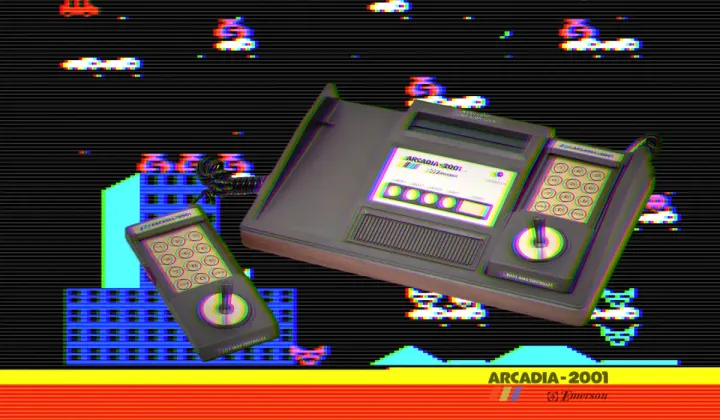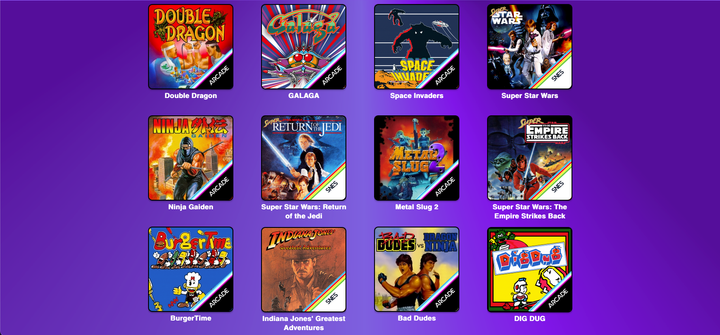The Rise and Fall of Nintendo's Virtual Boy: A 3D Dream Turned Nightmare
Remember the mid-90s, when virtual reality seemed like the coolest thing ever? Nintendo certainly thought so when they launched the Virtual Boy in 1995.
This weird red contraption promised to bring 3D gaming to the masses, but instead it became one of Nintendo's biggest flops. Let's dive into why this ambitious project crashed and burned so spectacularly.
What Was the Virtual Boy Anyway?
A Bold (and Red) Vision
The Virtual Boy was Nintendo's attempt to create a portable 3D gaming console. It looked like a bizarre pair of binoculars on a stand, with a controller attached. The idea was to deliver immersive 3D gameplay you could take anywhere. Pretty cool concept, right?

The Promise of Portable 3D
Nintendo hyped up the Virtual Boy as the future of gaming. They promised mind-blowing 3D effects and a whole new way to play. For gamers in 1995, this sounded like something straight out of science fiction. Who wouldn't want to step into their favorite games?
So Why Did It Fail So Hard?
Those Graphics Though...
Remember how I said it was all red? I wasn't kidding. The Virtual Boy could only display games in red and black. Not exactly the vibrant 3D worlds we were hoping for. It was like playing games through a demonic View-Master.

Ouch, My Eyes (and Neck)
Using the Virtual Boy was about as comfortable as staring directly into the sun. The awkward design meant you had to hunch over to play, leading to neck strain. Even worse, many users reported headaches and eye strain after short gaming sessions. Not exactly a recipe for fun.

Where Are All the Games?
Nintendo usually knocks it out of the park with their game libraries, but the Virtual Boy's lineup was seriously lacking. Only 22 games were ever released for the system, and most of them were... not great. Compare that to the hundreds of games available for other Nintendo consoles.

Here's a table of the Virtual Boy games released in the United States. (Yes that's all you could get):
| Title | Genre | Developer | Release Date |
|---|---|---|---|
| 3D Tetris | Puzzle | T&E Soft | March 22, 1996 |
| Galactic Pinball | Pinball | Intelligent Systems | August 14, 1995 |
| Golf | Sports | T&E Soft | November 1995 |
| Jack Bros. | Action | Atlus | October 1995 |
| Mario Clash | Action | Nintendo R&D1 | October 1, 1995 |
| Mario's Tennis | Sports | Nintendo | August 14, 1995 |
| Nester's Funky Bowling | Sports | Saffire | February 1996 |
| Panic Bomber | Puzzle | Hudson Soft | December 1995 |
| Red Alarm | Shoot 'em up | T&E Soft | August 14, 1995 |
| Teleroboxer | Fighting | Nintendo R&D1 | August 14, 1995 |
| Vertical Force | Shoot 'em up | Hudson Soft | December 1, 1995 |
| Virtual Boy Wario Land | Platform | Nintendo R&D1 | November 27, 1995 |
| Virtual League Baseball | Sports | Kemco | September 11, 1995 |
| Waterworld | Shoot 'em up | Ocean of America | December 21, 1995 |
The Competition Was Fierce
PlayStation Enters the Chat
While Nintendo was messing around with red 3D, Sony launched the original PlayStation. With its CD-based games and impressive (for the time) 3D graphics, the PlayStation made the Virtual Boy look like a toy in comparison.

Gamers Wanted More
By 1995, gamers were used to colorful, action-packed experiences on consoles like the Super Nintendo and Sega Genesis. The Virtual Boy's limited graphics and gameplay felt like a step backward. People wanted the next big thing, not a gimmicky red headache machine.

Missed Opportunities
Marketing Mishaps
Nintendo's marketing for the Virtual Boy was... confusing, to say the least. They couldn't decide if it was a portable system or a home console. This lack of clear messaging left consumers scratching their heads.

No Buzz, No Sales
Nintendo failed to generate excitement around the Virtual Boy. There were no big game announcements, no major ad campaigns, and very little hype. Without that crucial buzz, the system was doomed from the start.
Lessons Learned
What Could Have Saved It?
- Better graphics: Full color would have been a good start.
- More comfortable design: Something you could actually wear, maybe?
- Killer games: A must-have title could have driven sales.
- Clear marketing: Pick an angle and stick with it.
The Virtual Boy's Legacy
While the Virtual Boy was a commercial disaster, it did pave the way for future VR and 3D gaming experiments. Nintendo learned from this failure and went on to have much more success with the 3DS handheld years later.
A 3D Dream That Crashed and Burned
The Virtual Boy was a bold idea that just wasn't ready for prime time. Poor design choices, a lack of games, and fierce competition all contributed to its rapid demise. While it's fun to look back and laugh at Nintendo's red-tinted misstep, the Virtual Boy serves as a reminder that even gaming giants can stumble when reaching for the stars.



